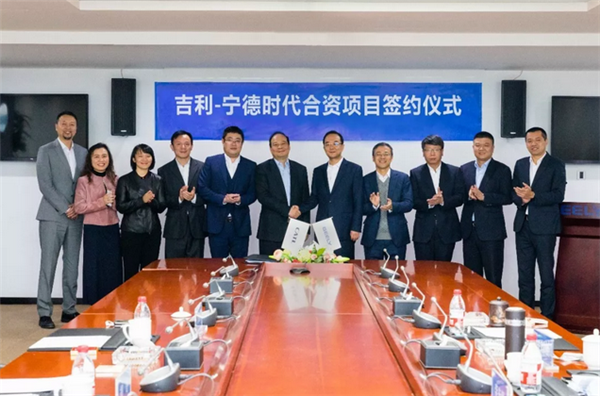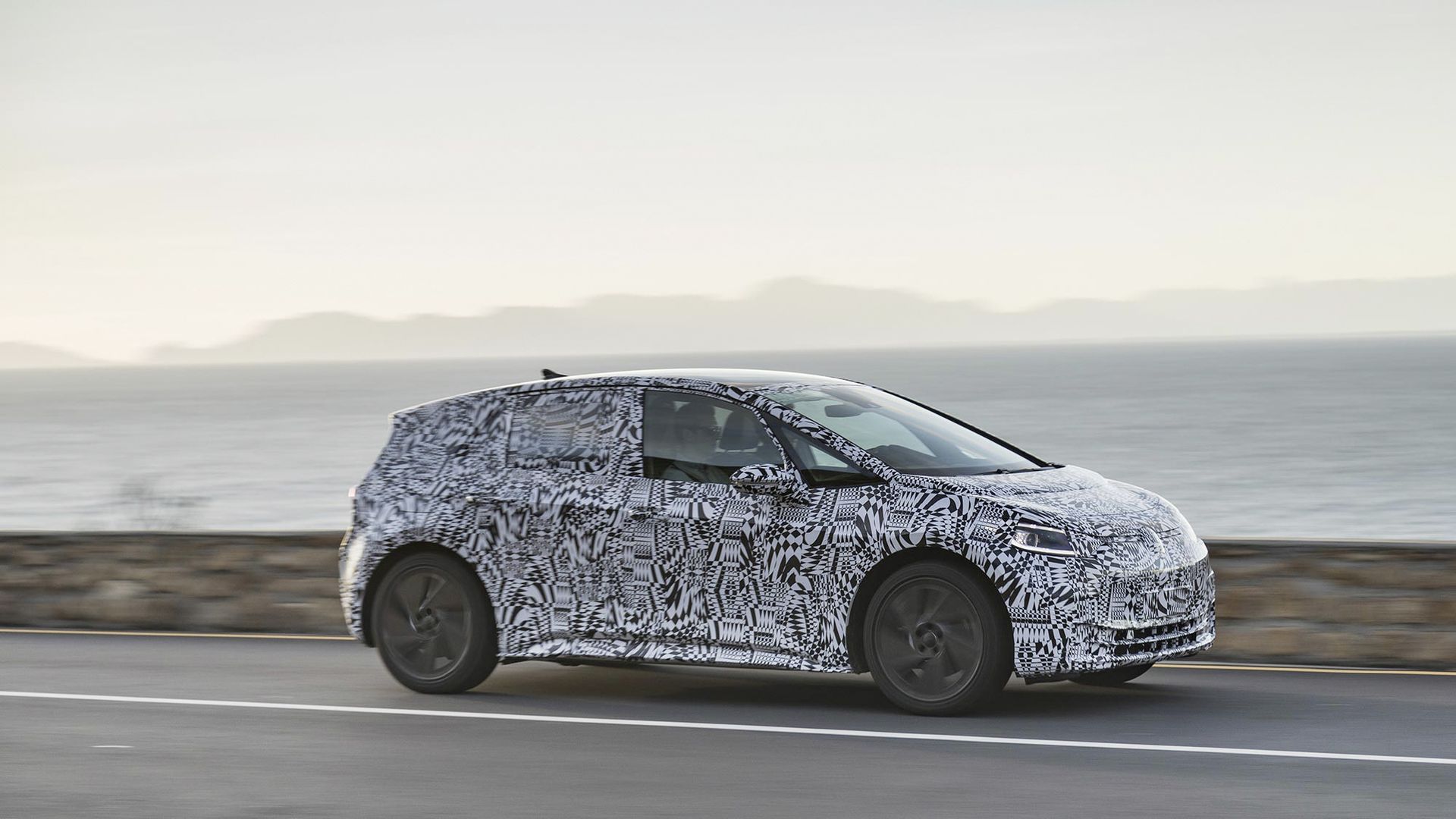Electric Cars
Electric Car Benefits
Electric Car Sales
Solar Energy Rocks
RSS
Advertise
Privacy Policy
Cars
Published on January 4th, 2019 |
by Zachary Shahan
The Tesla Story Through The Eyes Of Tesla Shorts & Obsessive Critics
Twitter
LinkedIn
Facebook
January 4th, 2019 by Zachary Shahan
I started covering Tesla in 2012, coming to the company as someone who had been car-free for over a decade and loving it. I had previously worked to promote human-powered transport (bicycling and walking), mass transit, and sustainable development. In other words, I was not a car guy.
Nonetheless, there was much to appreciate about electric cars, the beautiful Model S Tesla had developed, and the technological innovations Elon Musk and team had employed.
Furthermore, from my previous work, I had to come to grips with one obvious fact of modern life: even many people who would benefit tremendously from bicycle commuting and would surely enjoy it (who biked for recreation, for example) would never stop driving on a daily basis. If we were going to cut emissions, we needed an electric car revolution. Tesla was clearly leading the way on that front. It was offering an award-winning electric car that demolished the gas & diesel competition in its vehicle class, the first mass-produced electric car that was completely competitive with similarly priced conventional cars.
Nevertheless, critics and skeptics were around every corner. I thought it was crazy back then, but now, after 6½ years of tremendous Tesla successes, it’s downright hilarious. So, in honor of another wicked cool quarter, here’s a view of Tesla history that you might have missed if you only read CleanTechnica:
In bold: what happened
Not bold: Tesla shorts’ & obsessive critics’ take on the news.
Tesla Model S unveiled
It’s doomed. Tesla is doomed. Tesla can’t produce the car. No one will buy it. Sales of 10,000–15,000 a year? Pfff. For whom?
Tesla Model S wins top awards from Consumer Reports, owners, and big auto magazines.
It doesn’t matter — there are panel gaps and demand is drying up. They’ve worked through interested customers and demand is falling.
Tesla Model S demand grows, Tesla creates more production capacity and sales grow.
It’s just a phase, a trend, because Tesla is a novelty with far too much hype. Anyway, that demand growth was all an illusion and is fading now. Demand is falling now. Really.
Tesla Model X approaching production.
Hahaha, no way in hell Tesla is producing that vehicle. It’s impossible to mass produce. Tesla is going to collapse trying to produce this vehicle. It’s a dead company walking.
And anyway, demand for this “SUV” is far lower than Tesla says.
Tesla struggles through first few months of Model X production.
See, we told you. This vehicles can’t be mass produced. It’s completely impossible. Tesla is dead any day, can’t produce the Model X and there’s no demand and Model S demand is falling.
Tesla gets through early hurdles and starts mass producing the Model X.
Crickets.
Tesla reaches annual production and sales of 100,000 Model S and Model X vehicles a year (combined), far more than the 30,000–35,000 the company initially forecasted for these models.
It’s all nonsensical hype. It’s just gone too far. Anyway, Tesla is going to crash financially because it can’t turn a profit and definitely can’t build this ridiculous “Gigafactory” marketing scam. (Never mind that Tesla could be making great profits — has extremely high gross margins — and isn’t doing so just because it is aiming for insanely fast growth.)
Progress keeps truckin’ on Tesla Gigafactory.
It doesn’t matter — Tesla won’t have demand for enough vehicles to make the Gigafactory sensible. It’s a giant, empty house of cards and Ponzi scheme that’s going to take Tesla down. Don’t worry — Tesla’s won’t even be here in 2016 — it’ll be out of business.
Tesla forecasts a doubling of Model S and Model X sales in 2016.
Hahaha — what are you, crazy? Who is going to want to buy all of these vehicles? Demand is going in the other direction! The Tesla fad is getting old and consumers are moving in other directions now. Building up this much production capacity is just hastening Tesla’s collapse.
Tesla unveils Model 3. Reservations surpass 100,000 before the car is even shown, and then soar after it is shown.
This is all a Ponzi scheme [this is a frequent claim] and Tesla will run out of money before it ever builds a single Model 3 for consumers. Plus, the company can’t produce the car as specced without losing money and customers aren’t going to wait till 2020 for their cars. Other automakers — real automakers — will have much better cars out before then and Tesla will still be struggling to get the Model 3 into production if the company isn’t dead by then. But yeah, it will be dead long before then.
Elon Musk indicates that the company’s official target date for start of production is July 1, 2017 — but that it’s sort of just a fake target to push suppliers to be ready and it’s more or less impossible production would start then … but suppliers need to be ready by then.
Hahaha, you’ve got to be kidding me! July 2017? More like July 2020 … or never!
It’s all a scam. The market will figure this out sooner or later.
Tesla actually starts delivering consumer vehicles in July 2017 — blowing basically everyone’s mind.
These are not real cars. It’s all a trick. Tesla’s delivering fake, hand-built cars to Tesla and SpaceX employees. Elon Musk is more like David Copperfield than an auto industry master. The company will never mass produce the Model 3. It will go bankrupt soon enough. Short the stock now!
Tesla struggles for a few quarters trying to get Model 3 production up to the targeted level. One production hiccup after another slows down the progress and essentially puts Model 3 production back on its original schedule.
Told you so. The sky is falling, and Tesla is running out of money and will self-destruct any day now. Don’t wait too long — short the stock now! See? We were right all these years.
Tesla keeps making progress increasing its Model 3 production capacity.
It’s all a scam. They’re shifting cars around from parking lot to parking lot. They have hard limits they can never pass to get to 5,000 units per week. #PaintShop
And demand is already starting to fall off. The cars aren’t even fully produced and customers will start revolting soon. Plus, Tesla could never service these cars and Superchargers are going to be completely clogged soon.
Tesla reaches 5,000 vehicle/week milestone.
#Tentgate
Elon Musk says the company will show a profit in the 3rd quarter and should be sustainably profitable from then on.
WHAT?!?!? Are you crazy? This is crazy talk. Tesla is on the verge of collapsing. There’s no way in hell this is accurate. This is a joke. This is a total scam. Elon Musk is losing his mind. All signs point to the house of cards collapsing any day. It will all be over soon, folks — hold on tight. (And don’t forget to get your anti-Tesla bets in.)
Tesla production grows, sales surge, and Tesla shows a profit in the 3rd quarter. Side note: Tesla Model 3 becomes one of the top selling cars in the country in terms of units sold and the #1 best selling car in terms of revenue. Tesla absolutely dominates the luxury car market and presumably starts sucking sales away from Honda, Toyota, and others as well.
This is all a blip. It’s an accounting trick multiplied by years of demand for the car. Demand is going to collapse now. This strong quarter of sales is the surest sign yet that Tesla is about to crash, as demand cannot be sustained and bills be due.
Tesla has record 4th quarter, massively defying the critics and achieving unprecedented growth in the auto industry. In one year, the company nearly tripled its automobile production and delivery capacity. It sold 33% more cars in the 4th quarter than in all of 2017 combined. The Tesla Model 3 becomes the best selling car in the US from an American car company and the #11 best selling car overall in all of 2018. On the back of the strong 4th quarter numbers, it turned out Tesla sold 1 out of every 5 luxury cars in the country in 2018 and the Model 3 accounted for 1 out of every 3 small & midsize luxury cars in the year.
Now it’s really clear: Tesla demand is dropping. All of the above is history and now we know for sure that Model 3 demand is drying up and Tesla will soon run out of cash as a result. The stock will drop 70% in value in 2019. Forget our previous predictions and criticisms. Forget that we have been consistently wrong for years and have claimed the sky was falling 1,000+ times and it has never yet fallen. We are right this time. Really. You will see.
Is there any wonder why people don’t take Tesla short sellers and über critics seriously?
By the way, if you would like to buy a Tesla and want the benefits that come with a referral, feel free to use my referral code — http://ts.la/tomasz7234 — or not.
About the Author
Zachary Shahan Zach is tryin' to help society help itself (and other species). He spends most of his time here on CleanTechnica as its director and chief editor. He's also the president of Important Media and the director/founder of EV Obsession and Solar Love. Zach is recognized globally as an electric vehicle, solar energy, and energy storage expert. He has presented about cleantech at conferences in India, the UAE, Ukraine, Poland, Germany, the Netherlands, the USA, and Canada.
Zach has long-term investments in TSLA, FSLR, SPWR, SEDG, & ABB — after years of covering solar and EVs, he simply has a lot of faith in these particular companies and feels like they are good cleantech companies to invest in. But he offers no professional investment advice and would rather not be responsible for you losing money, so don't jump to conclusions.
Back to Top ↑
Advertisement
Advertise with CleanTechnica to get your company in front ..

